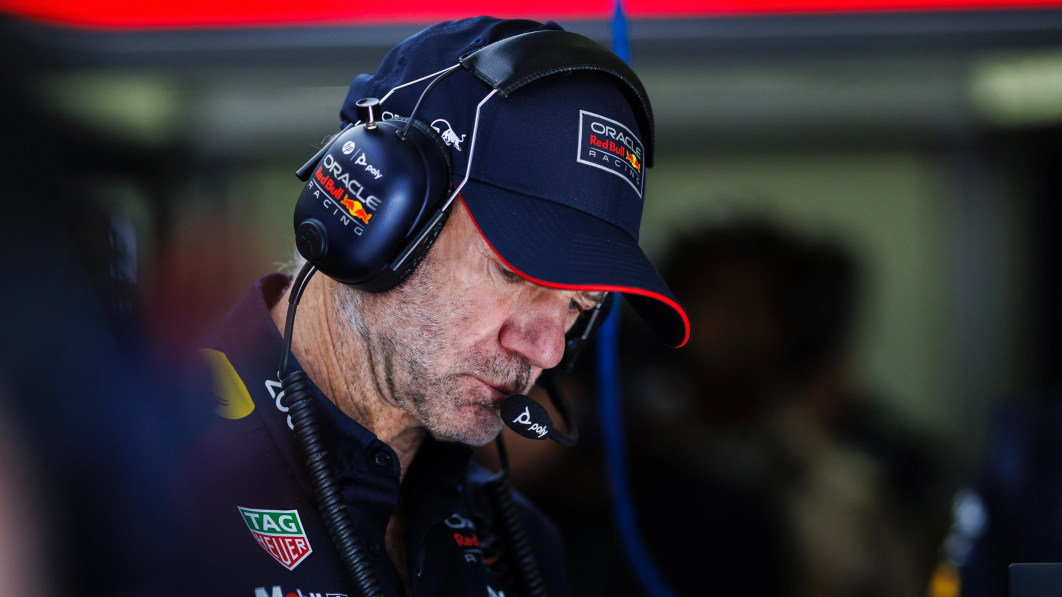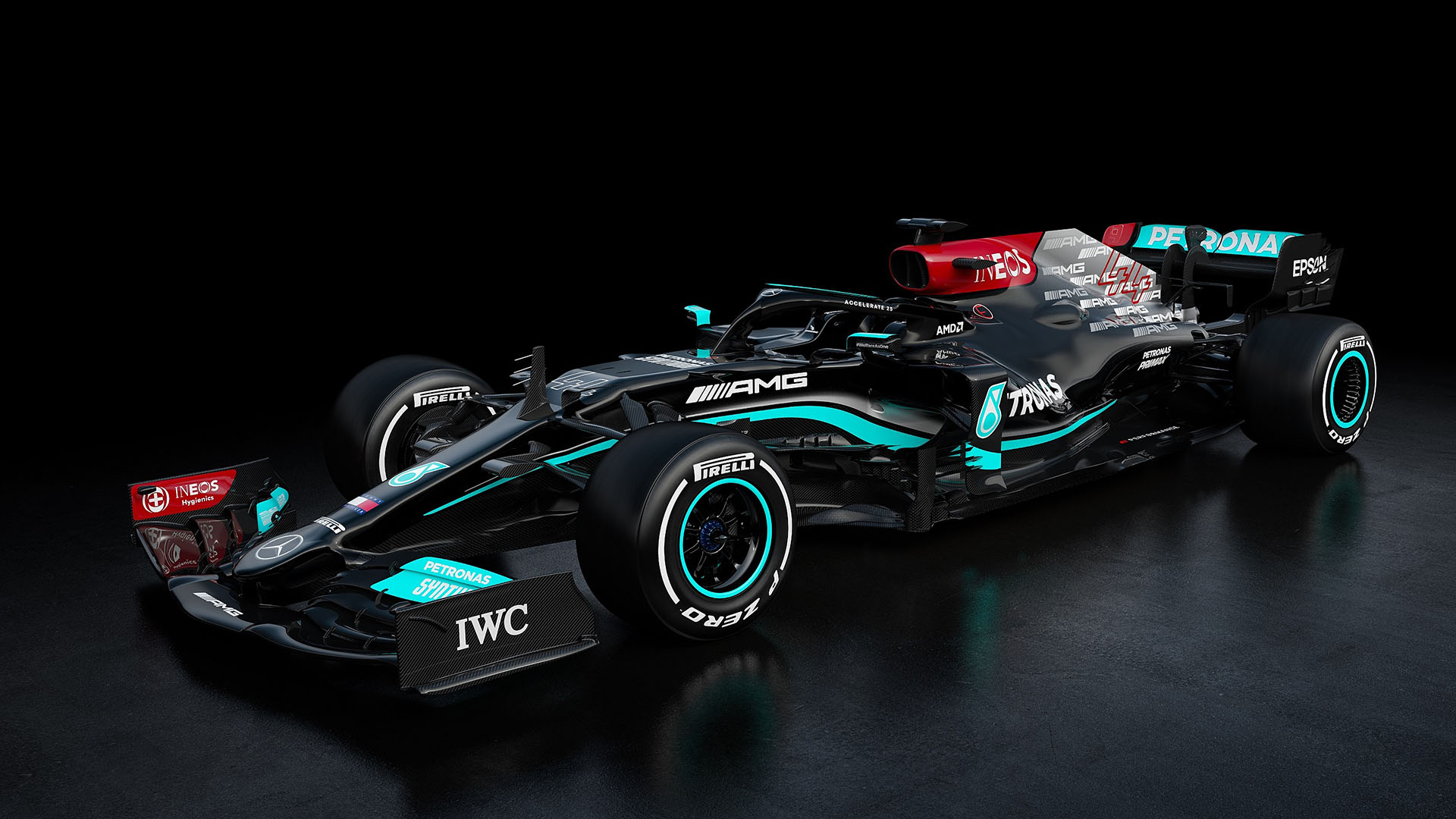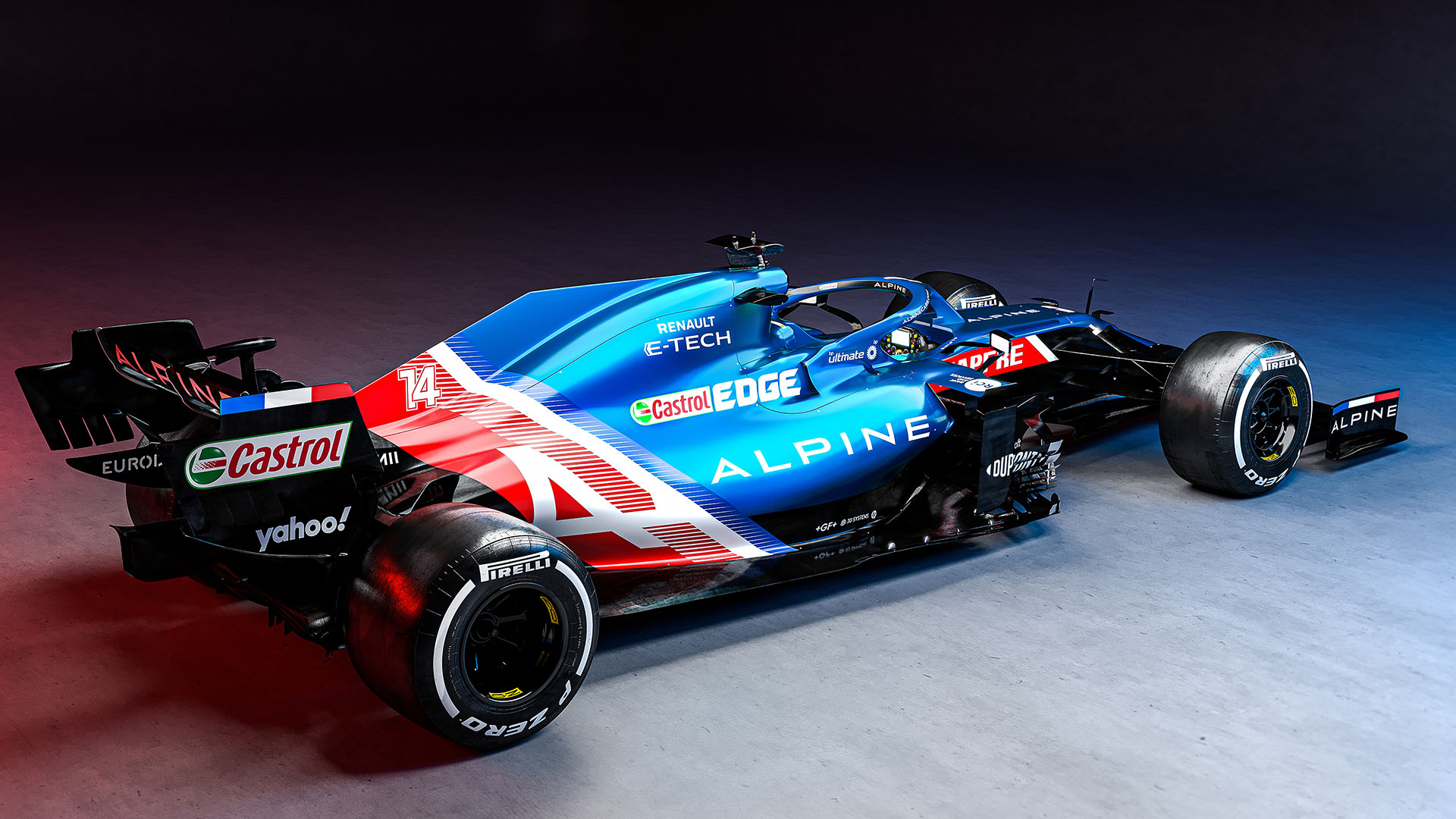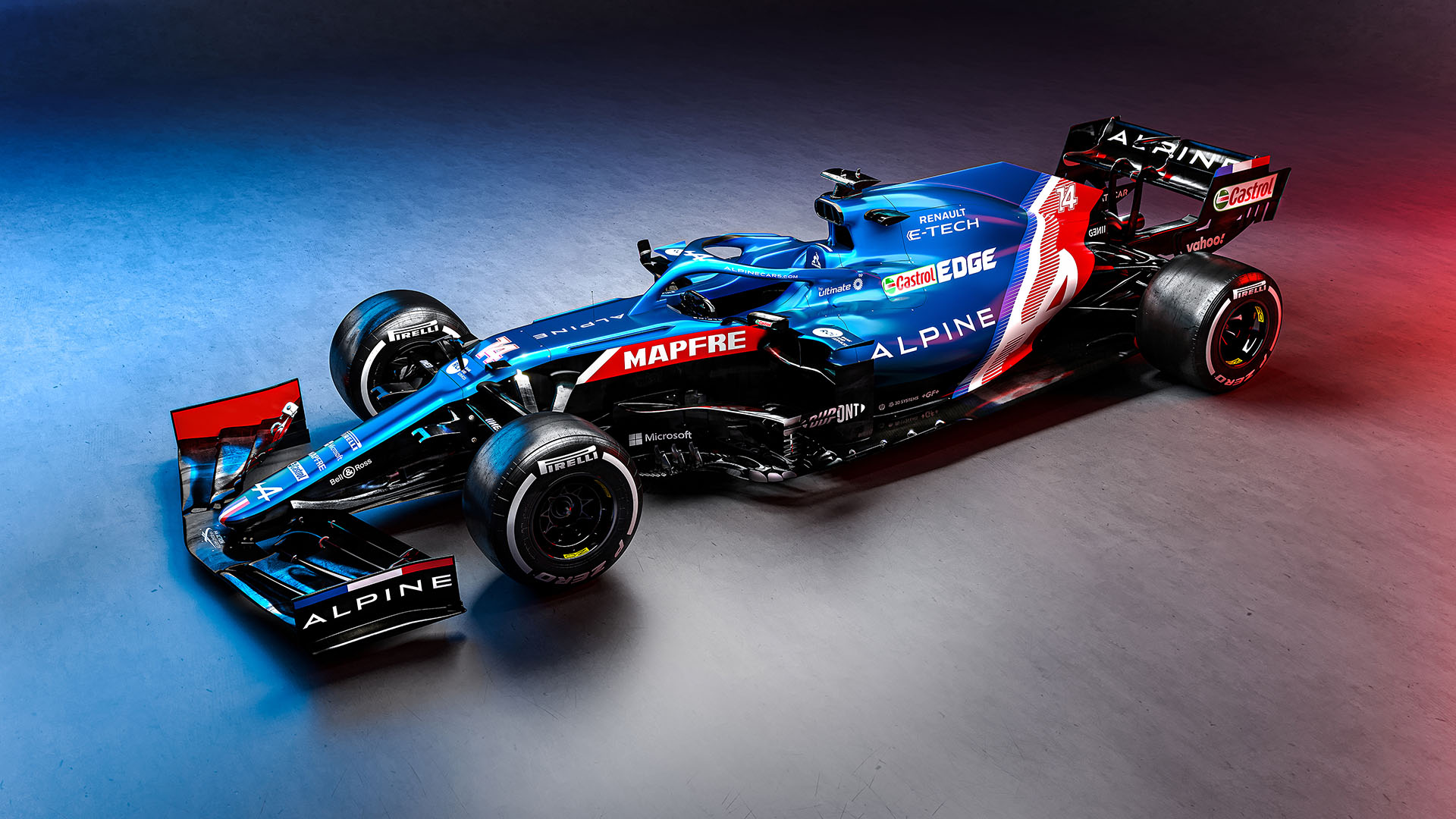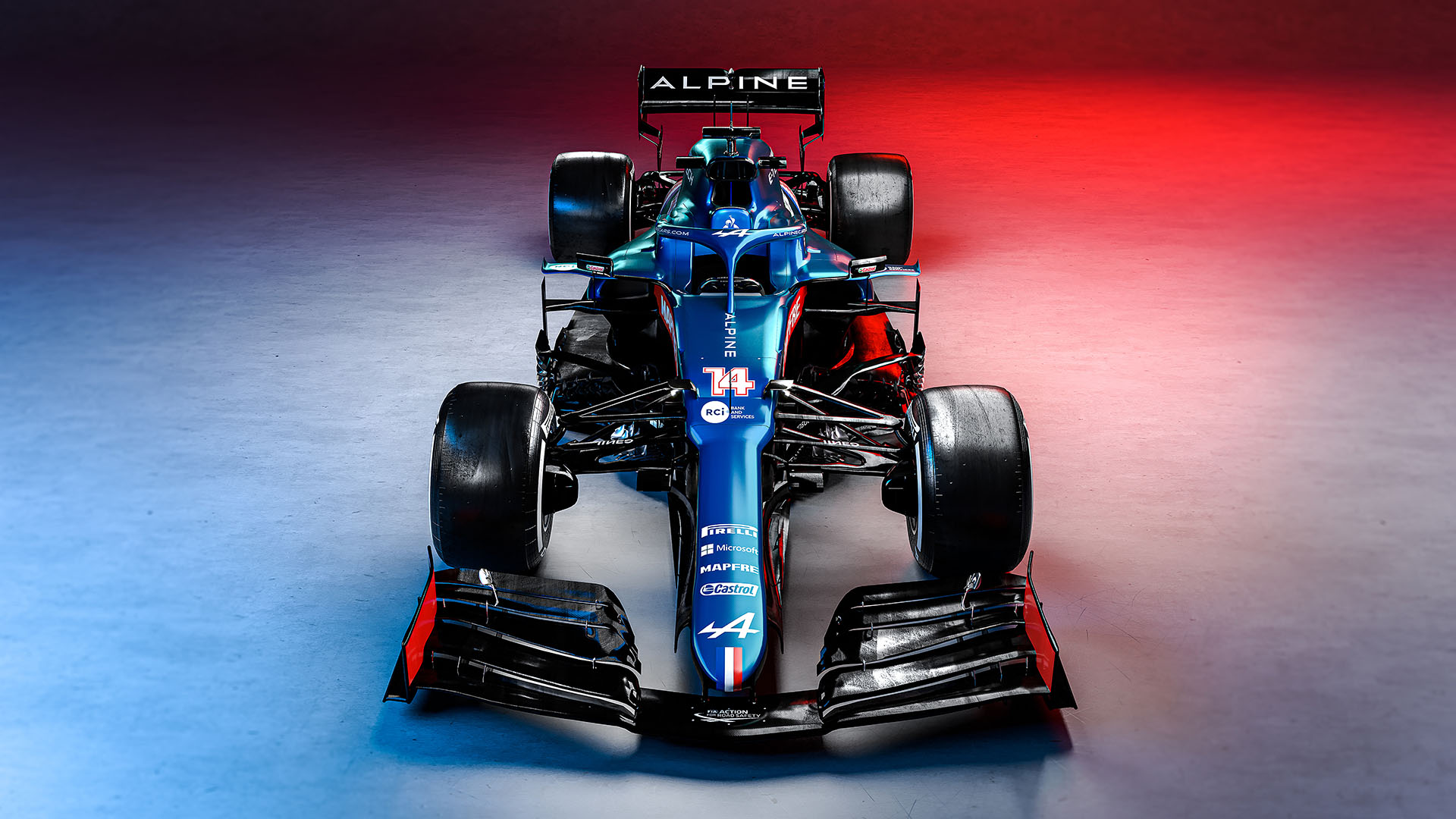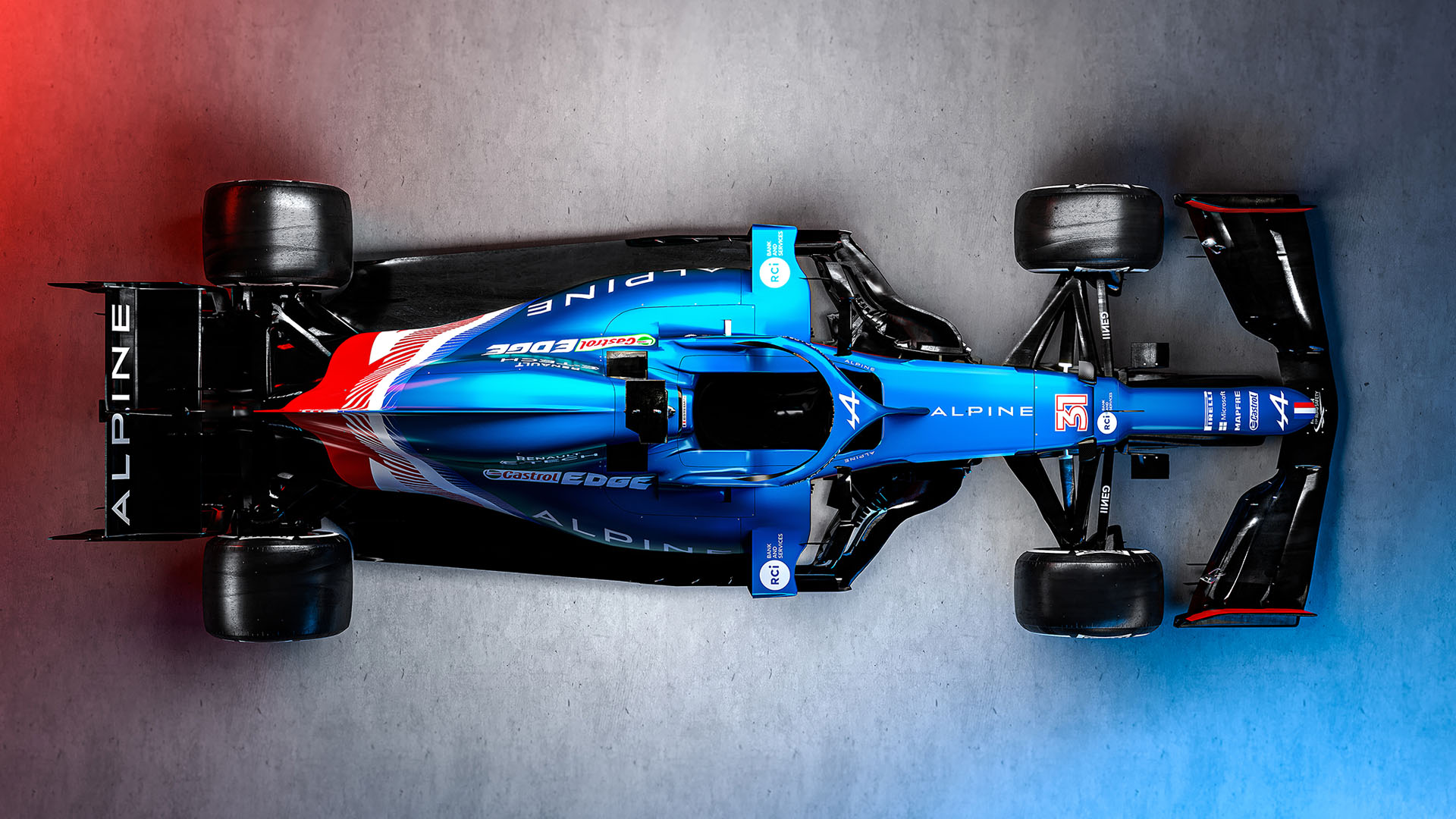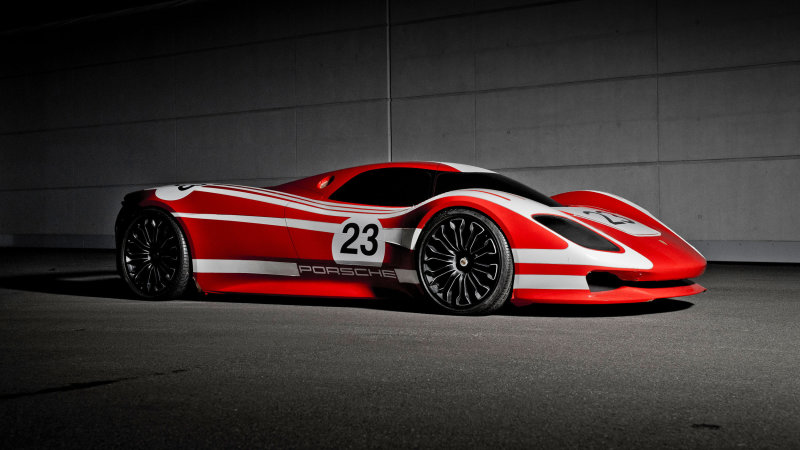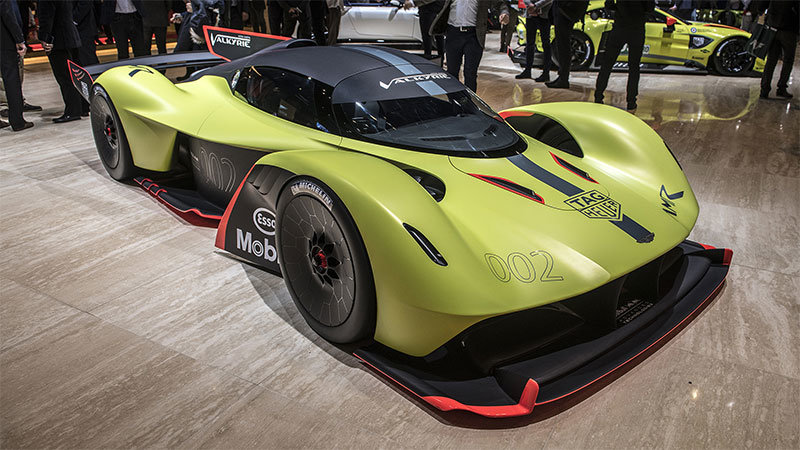Red Bull Racing’s Chief Technical Officer Adrian Newey is officially departing the team in the first quarter of 2025. Rumors of his departure have swirled for the past few days, and now the news is official. But there’s more. Red Bull also revealed that Newey will be shifting his focus to the RB17 hypercar (a road car project) and seeing that project out through its completion.
It’s been 19 years of Adrian Newey designing Red Bull Formula 1 cars, and in that time he’s been a part of seven F1 Drivers’ titles, six Contructors’ championships, 118 victories and 101 poles. Those are the sort of numbers that make you a legend of the sport, especially considering that Red Bull was merely a startup F1 team when he joined.
“Ever since I was a young boy, I wanted to be a designer of fast cars,” Newey said in a statement. “My dream was to be an engineer in Formula 1, and I’ve been lucky enough to make that dream a reality.”
Of course, the real question everybody wants the answer to is where Newey is headed next. Ferrari and Aston Martin are the two teams that seem to be in the running going by the most recent rumors. However, there’s no real sure indication of where he might eventually land, assuming he stays in Formula 1.
As for why Newey is leaving, the official statement follows below.
“For almost two decades it has been my great honour to have played a key role in Red Bull Racing’s progress from upstart newcomer to multiple title-winning team,” Newey starts. “However, I feel now is an opportune moment to hand that baton over to others and to seek new challenges for myself.”
Of course, there are the reported reasons of him leaving due to being unsettled by the Christian Horner misconduct investigation that stole headlines leading up to this season of racing. Newey’s statement upon leaving mentioned Horner calling him a “business partner but also a friend to our respective families.”
We’ll be waiting impatiently for further news on where Newey might be headed once the dust at Red Bull has settled, because where he goes, success in Formula 1 is almost sure to follow.

